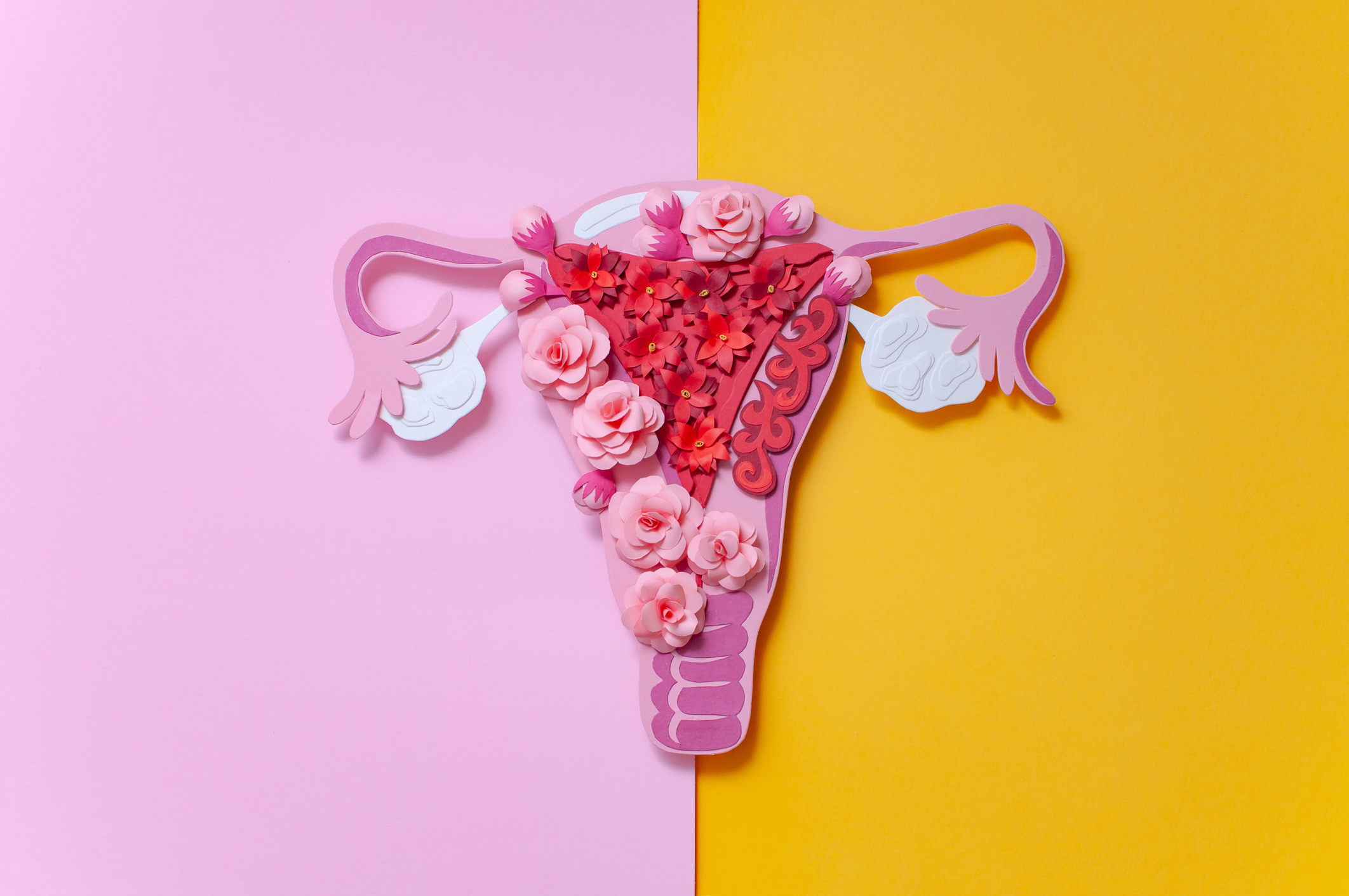When removing a midurethral sling for problems, determine if some or all of the mesh had to be removed. A systematic review and meta-analysis were carried out. From January 1, 1996, to May 1, 2021, the MEDLINE, Cochrane, and ClinicalTrials.gov databases were searched for papers that satisfied the qualifying criteria for whole, partial, or a combination of anti-incontinence mesh removal. All research designs (N10) were included, and acceptability requirements were determined using a priori criteria. Demographics, surgical results, and adverse events were gathered from the studies. When feasible, meta-analysis was carried out.
They double-screened 11,887 papers and found 45 suitable and unique investigations. About 35 of the research were single-group studies evaluating partial mesh removal, 5 were single-group studies evaluating whole mesh removal, and 5 were studies comparing partial mesh removal with total mesh removal. There were no randomized controlled trials, hence all of the investigations were retrospective in nature. According to comparative research, partial mesh removal was associated with a lower incidence of postoperative stress urinary incontinence (SUI) than total mesh removal (odds ratio 0.46, 95% CI 0.22–0.96). Single-group studies found that partial mesh removal resulted in lower rates of postoperative SUI than whole mesh removal (19.2% [95% CI 13.5–25.7] vs 48.7% [95% CI 31.2–66.4]). In terms of related discomfort, bladder outlet blockage, mesh erosion or exposure, and lower urinary tract symptoms, both techniques were comparable. Adverse outcomes were uncommon. When comparing partial mesh removal to entire mesh removal, postoperative SUI might be lower with partial mesh removal. Other results were comparable regardless of the quantity of mesh removed.


